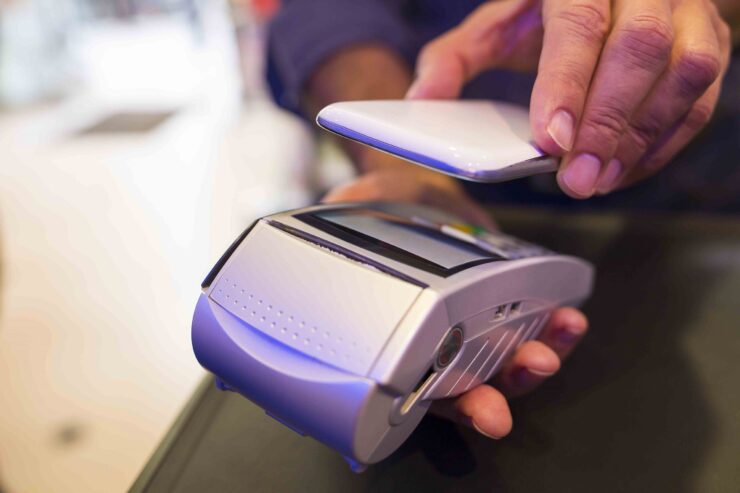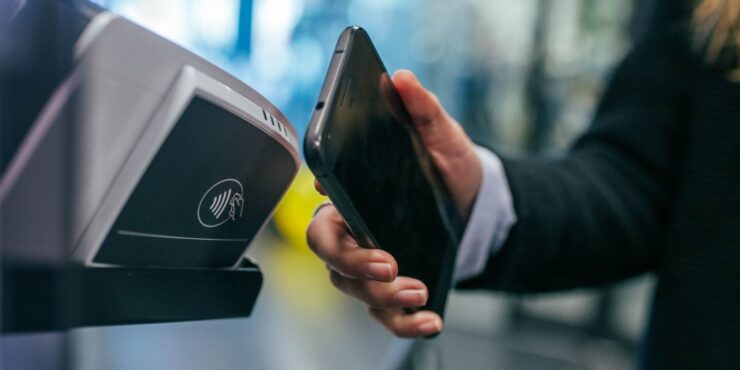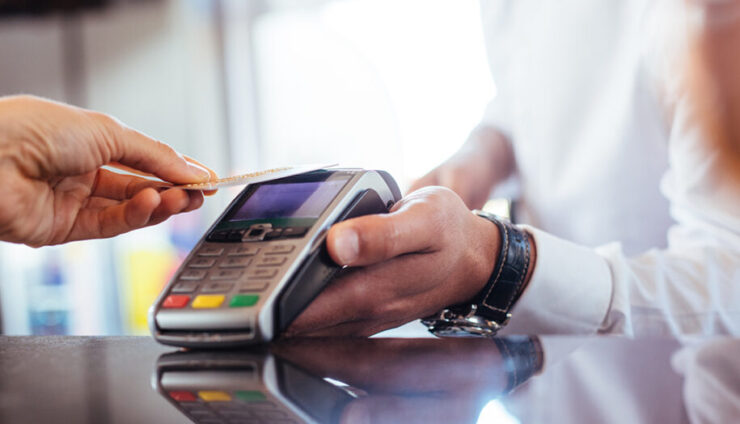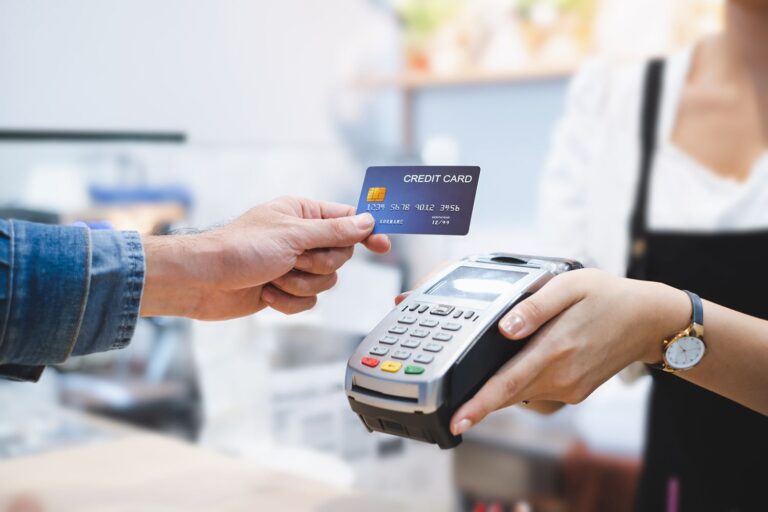In today’s fast-paced world, convenience is king. One innovation that epitomizes this is contactless payment. With a simple tap, users can make transactions swiftly and securely, avoiding the hassle of cash or physical card swipes. As technology advances, the landscape of contactless payments is rapidly evolving.
Here, we explore the top trends shaping this sector, providing insights into how these changes impact consumers and businesses alike.
1. Increased Adoption of Mobile Wallets

Mobile wallets like Apple Pay, Google Wallet, and Samsung Pay have seen a significant rise in adoption. These platforms allow users to store their card information on their smartphones, enabling quick and secure transactions with just a tap. The ability to simply tap to pay with a phone is driven by the growing reliance on smartphones for daily tasks and the desire for convenience.
Mobile wallets provide consumer convenience by allowing users to leave their physical wallets at home and rely solely on their phones for payments. They enhance security through encryption and biometric verification, adding an extra layer of protection. Additionally, many mobile wallets integrate with loyalty programs, making it easier for consumers to collect and redeem rewards.
2. Expansion of Wearable Payment Devices
Wearable technology, such as smartwatches and fitness trackers, is becoming increasingly popular as a method for contactless payments. Companies like Fitbit and Garmin have introduced payment features in their devices, enabling users to pay on the go without needing their phones or cards.
Wearable payment devices offer convenience for active users, such as runners and gym-goers, who prefer not to carry additional items. They provide an accessible payment option for individuals who find smartphones or cards cumbersome. Moreover, they combine fashion with functionality, appealing to tech-savvy consumers.
3. Rise of QR Code Payments

QR code payments have gained traction, particularly in regions where NFC (Near Field Communication) technology is less prevalent. Users can scan a merchant’s QR code using their smartphone camera to complete a transaction, making it a versatile and straightforward method.
QR code payments are versatile, and usable with a wide range of devices, including smartphones without NFC capabilities. They are cost-effective, being easier and cheaper for small businesses to implement compared to traditional POS systems. The COVID-19 pandemic also accelerated the adoption of QR codes for contactless, hygienic transactions.
4. Biometric Authentication
Biometric authentication methods, such as fingerprint scanning, facial recognition, and voice recognition, are becoming more common in contactless payment systems. These methods enhance security by ensuring that only the authorized user can complete a transaction.
Biometric authentication increases security by reducing the risk of fraud and verifying the identity of the user. It provides a user-friendly, quick, and seamless authentication process without the need for passwords or PINs. These methods can be used across various platforms, from smartphones to ATMs, enhancing the overall security of contactless payments.
5. Blockchain and Cryptocurrency Payments

Blockchain technology and cryptocurrencies like Bitcoin and Ethereum are making their way into the contactless payment arena. These technologies offer a decentralized and secure method of transaction, appealing to a tech-savvy and privacy-conscious demographic.
Blockchain provides high security due to its decentralized nature, reducing the risk of fraud and hacking. It offers transparency as all transactions are recorded on a public ledger, providing a high level of transparency. Cryptocurrencies enable global transactions without the need for currency exchange, making them an attractive option for international payments.
6. Integration with IoT Devices
The Internet of Things (IoT) is extending contactless payment capabilities to a variety of smart devices, from refrigerators that can order groceries to cars that can pay for fuel. This integration is creating a seamless, interconnected ecosystem where payments can be made effortlessly.
IoT integration with contactless payments provides convenience as payments can be made from any connected device, streamlining everyday tasks. It encourages innovation by fostering the development of new smart products that enhance user experience and efficiency by reducing the time and effort required for routine transactions.
7. Enhanced Security Measures

As contactless payments become more widespread, security measures are continually improving. Tokenization, which replaces sensitive card information with a unique identifier, and advanced encryption techniques are being implemented to safeguard transactions.
Enhanced security measures protect against fraud by reducing the risk of data breaches and unauthorized transactions. They boost consumer confidence in contactless payment systems and help businesses comply with stringent security regulations and standards.
8. Adoption in Public Transportation
Many public transportation systems worldwide are adopting contactless payment methods. Passengers can now use their smartphones or contactless cards to pay for rides, eliminating the need for tickets or cash.
Contactless payments in public transportation simplify the payment process for daily commuters, reducing congestion and speeding up boarding times. This global trend is being embraced by cities around the world, from London to New York, enhancing the overall efficiency of public transportation systems.
9. Integration with Loyalty Programs

Contactless payment systems are increasingly being integrated with loyalty and rewards programs. This allows consumers to earn and redeem points seamlessly during transactions, enhancing the shopping experience.
Integration with loyalty programs provides consumer incentives, encouraging repeat business by offering rewards for purchases. It simplifies the process of applying discounts and rewards, making it easier for consumers to benefit. For businesses, this integration helps build customer loyalty and increase sales.
10. Voice-Activated Payments
Voice-activated payments are emerging as a convenient option for users. Platforms like Amazon’s Alexa and Google Assistant enable users to make payments through voice commands, adding another layer of convenience.
Voice-activated payments offer hands-free convenience, ideal for situations where manual input is impractical, such as driving. They provide an easy payment method for individuals with disabilities and represent the next step in the evolution of payment technology.
The Bottom Line
Contactless payment technology is transforming the way we handle transactions. From mobile wallets to biometric authentication, these trends are making payments faster, more secure, and more convenient. Keep an eye on these trends, as they are set to redefine our financial interactions in the years to come.

